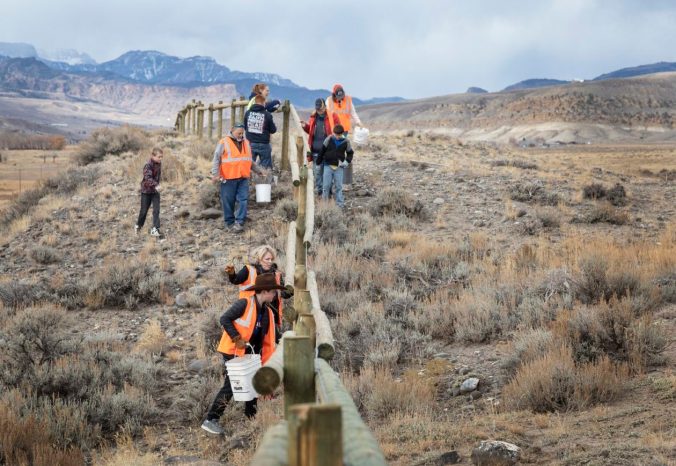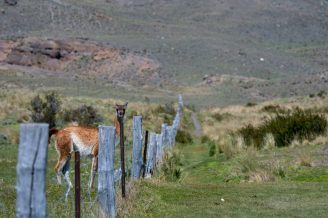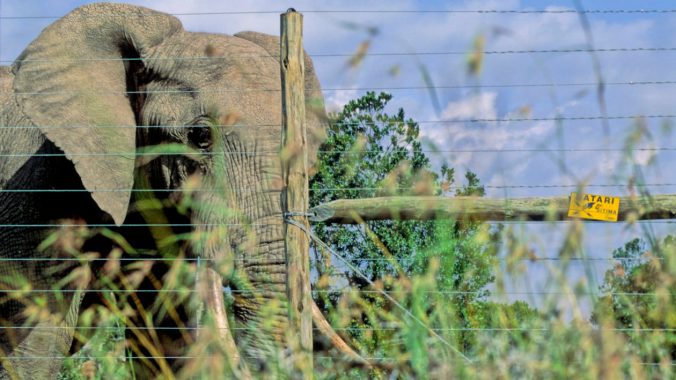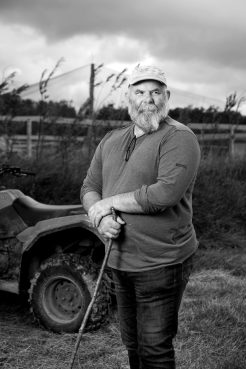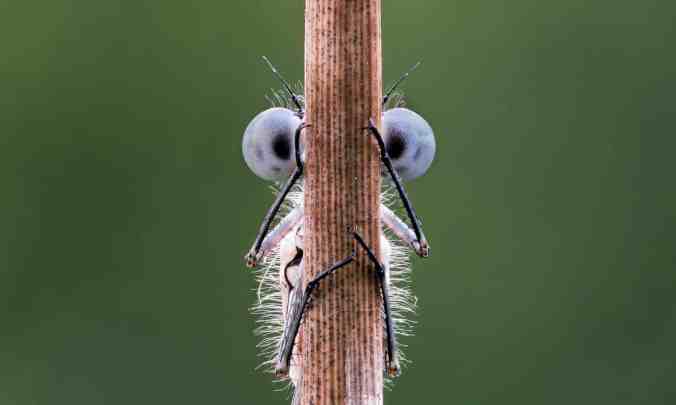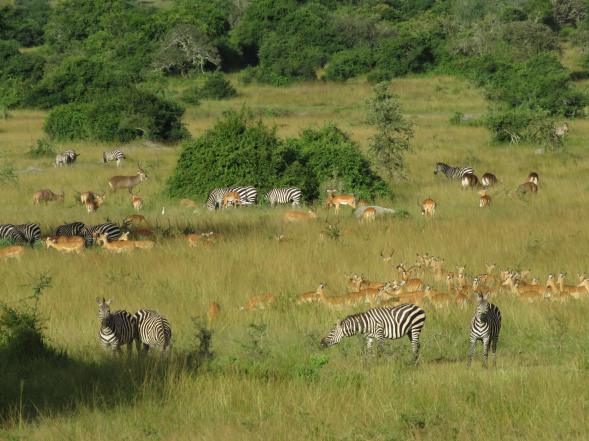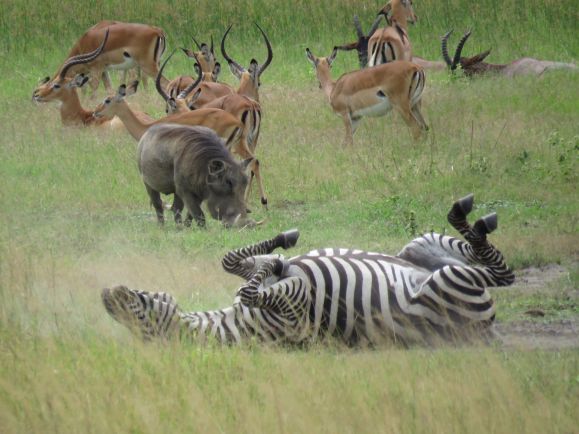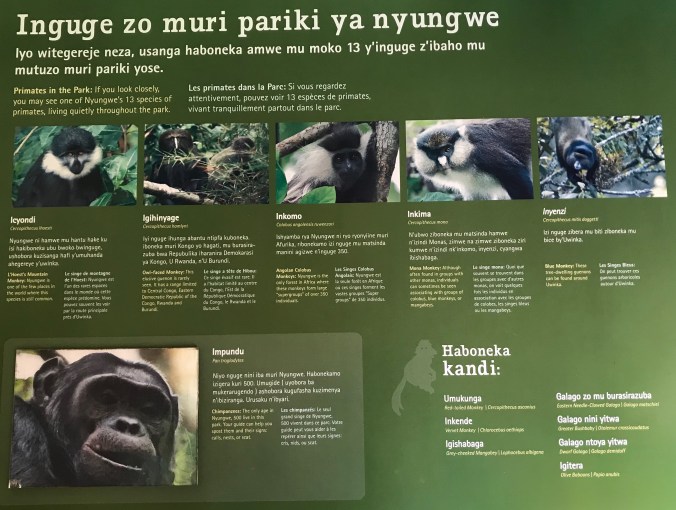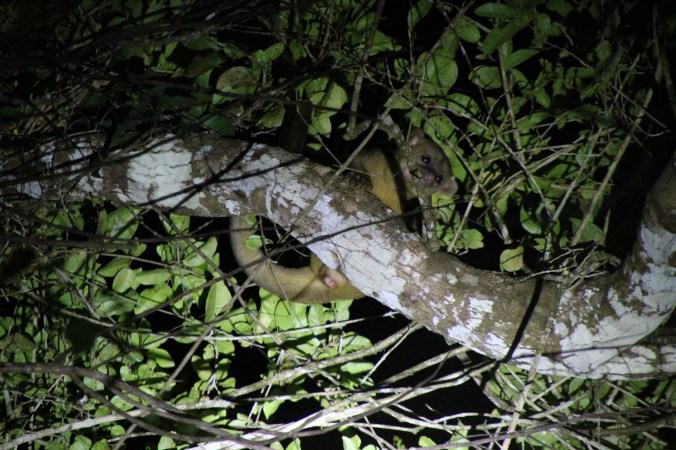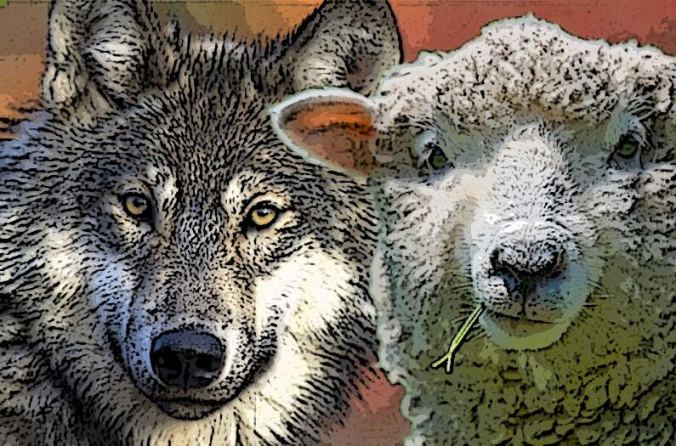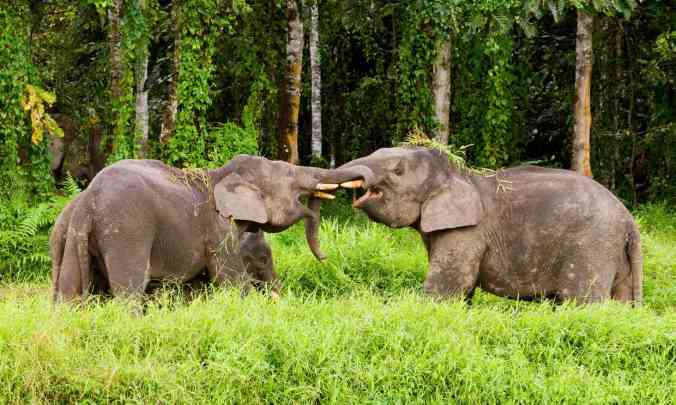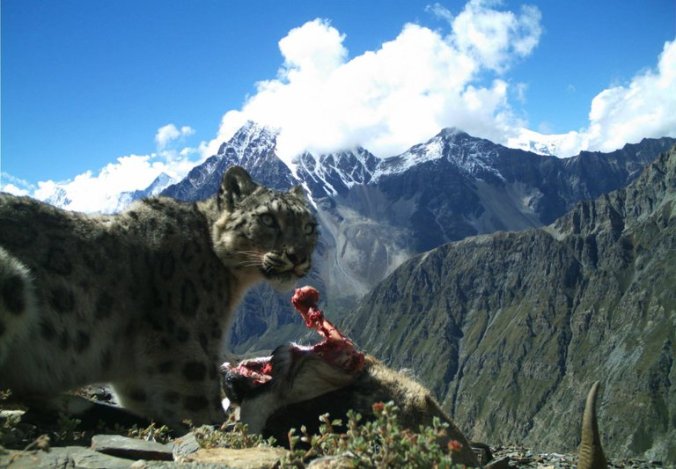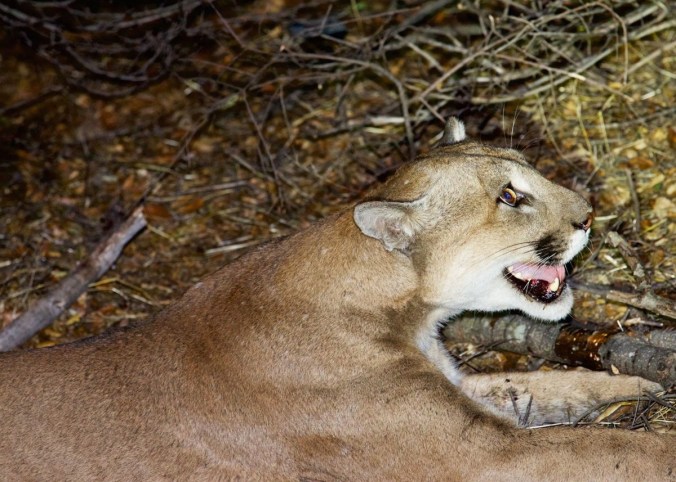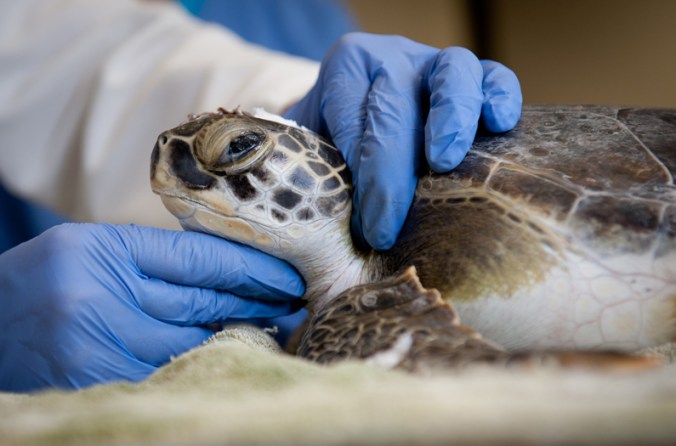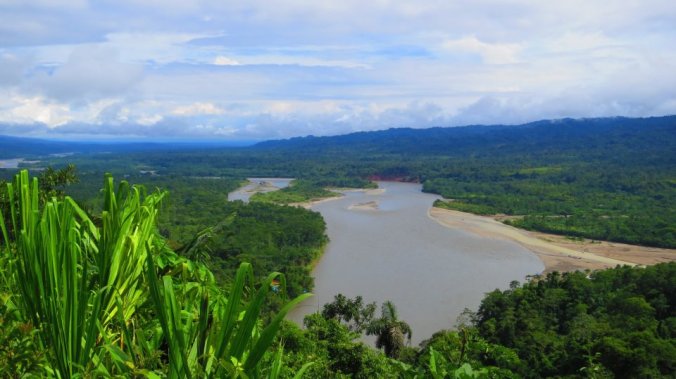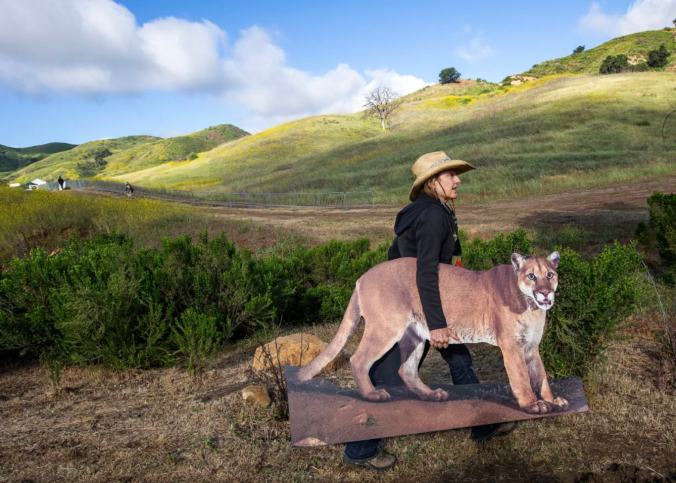
Near the location of the future Wallis Annenberg Wildlife Crossing, a volunteer for the National Wildlife Federation carries a cardboard cutout of a mountain lion known as P-22. Photograph by Mel Melcon / Los Angeles Times / Shutterstock
When we linked to earlier stories about mountain lions in urban California, P-22 was already the it-cat. And the story below, by Emily Witt, shares some anecdotes about P-22’s less fortunate wider family. But mainly it is about one hopeful initiative that P-22 seems to have unwittingly helped make happen:
An Urban Wildlife Bridge Is Coming to California
The crossing will span Route 101, providing safe passage for mountain lions and other animals hemmed in by the freeways that surround the Santa Monica Mountains.
It was just after midnight on April 21st when the radio collar of P-97, an eighteen-month-old mountain lion, sent its last signal. P-97 had only recently separated from his mother, setting out east in the Santa Monica Mountains in search of territory to call his own. (The “P” stands for puma; the number, 97, marks how many mountain lions the National Park Service had tagged when he received the designation.) Continue reading
